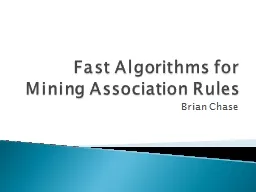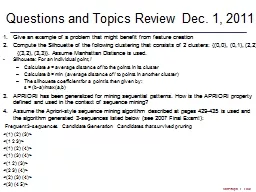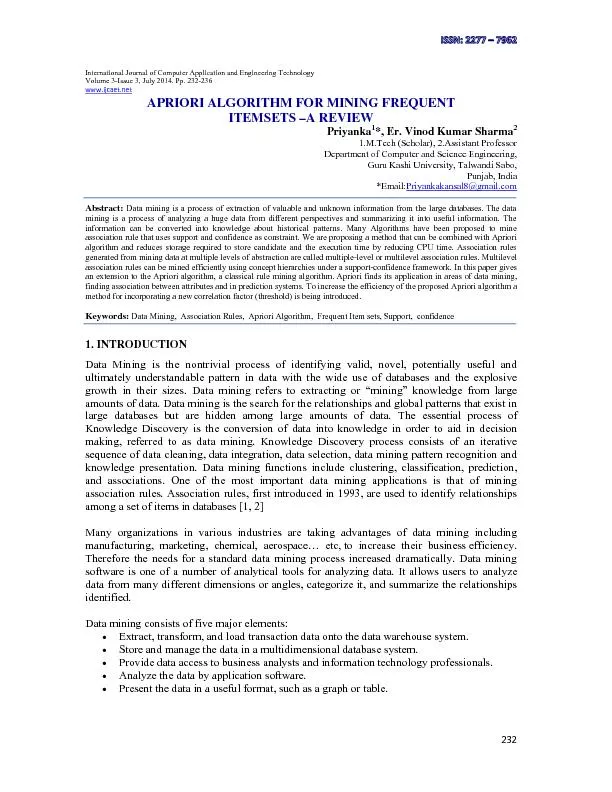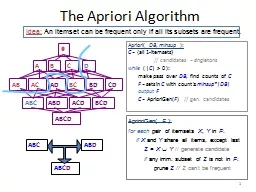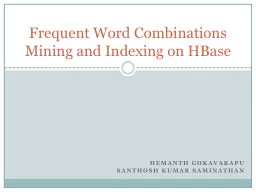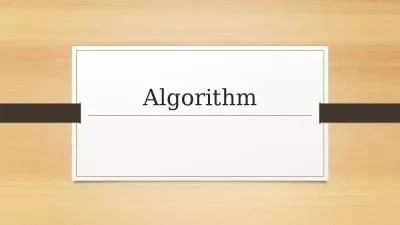PPT-Apriori Algorithm in Social Networks
Author : tawny-fly | Published Date : 2015-12-02
Author Jovan Zoric 32122014 Email jovan229gmailcom zj143212mstudentetfrs 116 Introduction This presentation gives some interesting ideas about how we use data mining
Presentation Embed Code
Download Presentation
Download Presentation The PPT/PDF document "Apriori Algorithm in Social Networks" is the property of its rightful owner. Permission is granted to download and print the materials on this website for personal, non-commercial use only, and to display it on your personal computer provided you do not modify the materials and that you retain all copyright notices contained in the materials. By downloading content from our website, you accept the terms of this agreement.
Apriori Algorithm in Social Networks: Transcript
Download Rules Of Document
"Apriori Algorithm in Social Networks"The content belongs to its owner. You may download and print it for personal use, without modification, and keep all copyright notices. By downloading, you agree to these terms.
Related Documents



